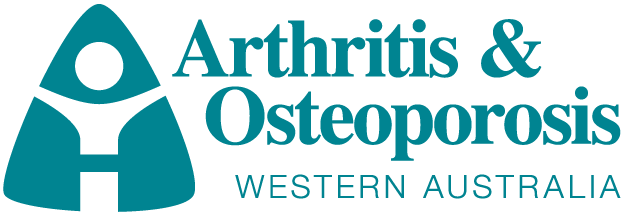These are basic yoga poses that you can try to help relieve JIA symptoms. These poses will teach you how to relax as well as introduce you to the postures that the other yoga poses will build on.

Mountain (Tadasana)
Stand with your feet hips distance apart, and your weight even on your feet. Have your knees straight but not locked. Reach your spine up tall. Draw your shoulder blades gently down and towards each other. Lower your belly and gently draw it in towards your spine. Inhale and exhale slowly, smoothly evenly for nine breaths. Then stay with the position and your breath while you scan through your body, releasing tension in your neck, shoulders, jaw, tongue, hands, buttocks and feet. Then take nine more long, calm breaths.
Benefits – Teaches postural correction and the place where postures should start – calm breath, strong and relaxed body.
Modifications – You can imagine this posture, lengthening and letting go, from sitting. You can also lie on your back and both imagine and feel yourself positioned in standing mountain.
Corpse pose (Savasana)
Savasana helps you to relax and let go. You can do this before you start your yoga postures, in between, and at the end of each session. Lay on your back, arms just away from your sides, and shoulders relaxed. Let your arms and legs roll away from each other. Feel tension releasing from your muscles, and your whole body releasing down towards the floor. Try to let go of controlling your breath and thoughts. See if you can lay still. Watch what happens to your breath, your body, and your mind. If you find yourself changing your position or thinking of something, let that go. Keep coming back to awareness of what`s happening now.
Benefits – Learn how to enter a deep state of relaxation while staying awake and alert. Become more connected with your body, mind and spirit. In other words, learn how to fall awake.
Modifications – Place pillows under your knees and head to make the position more comfortable. You can also sit in a chair, eyes closed, feet on floor and hands in lap with palms facing up.





